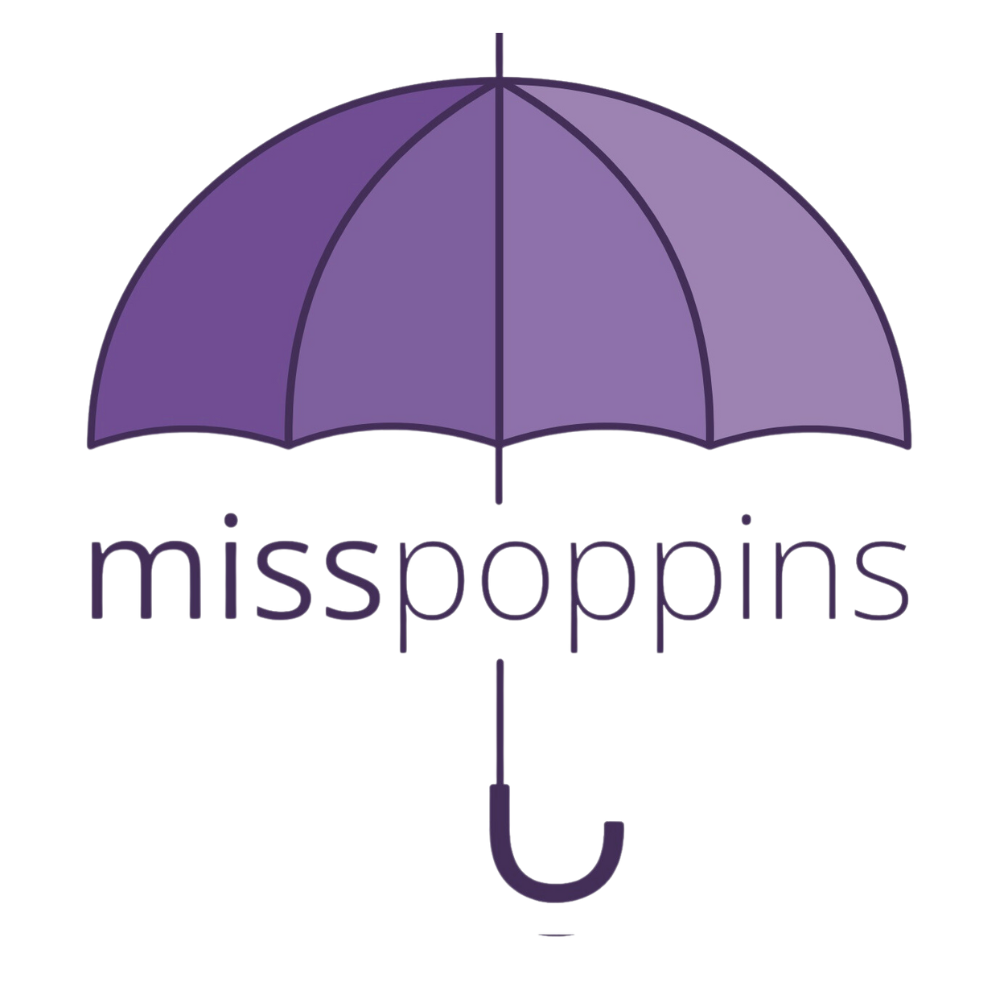About Baby Sound Machines and White Noise for Sleep Training
Using sound machines for your nursery has shown significant improvement for many mothers seeking to get a longer sleeping period for their babies at night. Sound machines for nurseries are especially useful for colicky babies and babies who seem to have some sort of sleep deprivation.
A controlled trial focused on recording rates of sleep induction due to white noise found that rhythmic, womb-like white noise soothed crying infants, with 80 percent falling asleep within minutes compared to 25 percent in the control group (Hong et al., 2021).
Experts often recommend sound machines for sleep training, particularly for colicky babies.
How White Noise Plays a Role
Newborns can be especially reactive to their environment’s sensory cues, especially when their sleep cycles are short and easily disrupted. White noise for babies works because it masks sudden background sounds like doors closing, footsteps, clanking dishes and replacing them with a consistent vibe. This is why a baby sound machine is useful during the newborn period and remains helpful through toddlerhood. It doesn’t teach sleep; it reduces interference.
Sleep Pressure in Babies
White noise helps reduce disruptions, but it works best when paired with an understanding of how sleep pressure builds in babies. Sleep pressure refers to the biological drive to fall asleep that increases the longer a baby is awake. When wake windows are aligned to a baby’s age and development, sleep becomes smoother and less resistant. In the MissPoppins sleep pressure article, we outline how to best take advantage and mold your babie’s wake windows for optimal sleep training results.
Choosing a Baby Sound Machine
There isn’t one universal sleep device for all families. Most machines fall into two groups: full-sized options for the nursery and portable models for naps away from home. Parents who travel often or rely on strollers and carriers usually prefer portable versions, while those establishing nighttime routines lean toward larger devices that include night lights or programmable settings. Here are things to consider to make noise machines worth it for sleep training.
Key Features to Look For
Customizable Sleep Settings
Popular products like the Hatch baby allows you to create personalized programs using specific light colors, brightness levels, and sound choices. Beyond white noise for babies, you’ll find pink noise, nature sounds, lullabies, and premium stories. Several reviews highlight the calming pairing of soft amber light with pink noise because it mimics womb-like conditions without overwhelming the senses.
App and Wi-Fi Controls
Parents can control their sound machine for nursery from another room using the Hatch Sleep app. This is practical during contact naps, pumping, or when you don’t want to risk waking a lightly sleeping baby by walking in. Devices connect through 2.4GHz Wi-Fi.
Time-to-Rise Toddler Feature
When babies grow into toddlers, Hatch supports morning routines with a Time-to-Rise feature. Light and sound cues indicate when it’s still time to rest and when it’s appropriate to get up. This consistency reduces early waking battles and supports boundaries without arguments.
Built-In Monitor on Rest+ Models
The Rest+ includes a monitor feature that lets you listen and talk through your phone. This consolidates devices and reduces clutter on the nightstand.
Full-Sized Nursery Sound Machines
A full-sized baby white noise machine generally includes multiple noise options, a dimmable night-light, and scheduled programs to help with bedtime or early wakings. These models often last through toddlerhood because the features adapt as routines change.
Portable Baby Sleep Devices
A portable baby sleep device clips easily to a stroller or fits in a diaper bag for optimal convenience. For parents who are on the road, a portable sleep machine should be a must have.
New Guided Sleep Support
Hatch Baby recently introduced guided sleep support across all devices. According to the company’s announcement (Hatch Baby), each product now includes access to Certified Sleep Consultants, milestone-specific sleep guides, and routines tailored to newborns, infants, and toddlers. Instead of functioning as just a baby sound machine, Hatch now provides education and tools to help parents structure sleep more intentionally.
Are Sound Machines Safe for Babies?
Sound machines are safe when used correctly. The key considerations are distance and volume. Most pediatric guidance recommends keeping a baby white noise machine at or below 50 decibels and a few feet from the crib. You’re aiming for steady noise, not loudness.
Lights also matter. A sound machine with light should use red or amber tones. White or blue lights can interrupt melatonin and lead to longer wakeups.
How to Use Your White Noise Machine Effectively
You can consider using a sound machine for your nursery both for nap time and bedtime. However, it is recommended to keep a consistent schedule. Your baby begins to pick up on repetitive patterns, especially when you track their wake windows.
When waking up your baby, avoid abrupt turning off the device. Turning the device off abruptly increases alertness; it is best to do a gradual transition.
Set The Mood for Your Nursery
For most families, yes. A sound machine for nursery environments becomes one of the lowest-effort, highest-impact additions during the early months to set the right ambiance and predictive sleep patterns. The combination of white noise for babies, soft lighting, and guided sleep tools supports routines without requiring more from already exhausted parents. Enhancing the duration of a baby's nighttime sleep can improve the frequency of their wake windows and foster proper sleep routines.
Babies sleep better with predictable cues. Parents respond better when their nights feel manageable. A well-chosen baby sound machine helps support both.
Hatch Baby Sleep Machine


